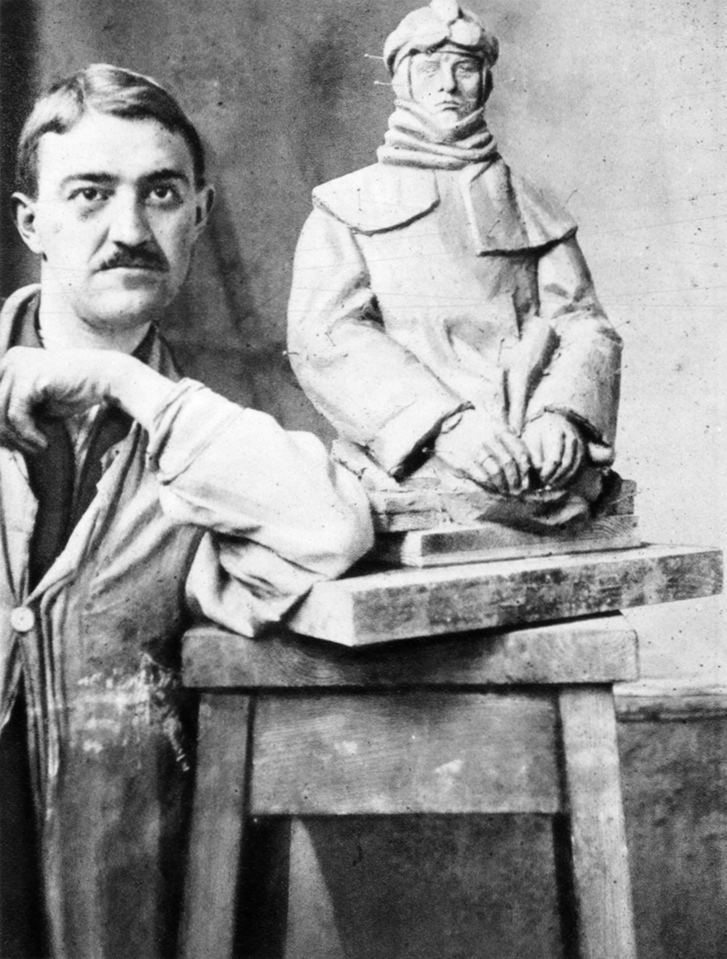Name Jan Stursa | ||
 | ||
LEGO svět vs. ČVUT
Jan Stursa (15 May 1880 in Nove Mesto na Morave – 2 May 1925 in Prague) was a Czech sculptor, one of founders of modern Czech sculpture.
Contents
Birth and studies
Stursa was born in mountainous area of Vysocina Region. He studied masonry and sculpture in Horice and worked as stone cutter. Later, he studied at the Academy of Arts (AVU) in Prague under professor Josef Myslbek, a known sculptor. As a result of very rigorous criticism from Myslbek, Stursa destroyed most of his early works.
Themes and materials
Stursa was not influenced by Czech National Revival as the older sculptors but tried to find his own way. The female body was his frequent motif, for example in "Before taking bath", 1906 or "The Melancholy Girl", 1906 . A monumental couple of figures decorates the pylons of Hlavka Bridge in Prague. In addition to stone and bronze he also used plaster and wax. Later, he was influenced by cubism. Portrait painting was an important part of his works.
World War I
The tragedy of World War I (he had served at the front) affected Stursa's work. The most famous work of this period is "The Wounded": early version, final version (1921), more details.
The inspiration for the "Burial in the Carpathians" sculpture was a photograph from a Carpathian battlefield. The original group in Austrian uniforms was remade in 1920s into a memorial of victims of WWI and placed in the village Predmerice nad Jizerou, with copies in Mistek and in Nove Mesto na Morave.
During 1922–24 Stursa served as Rector of the Academy of Arts (AVU). Stursa suffered from the effects of syphilis and in 1925, faced with increasing pain, he killed himself in his atelier two weeks before his 45th birthday.
Stursa's nephew Jiri Stursa was the architect of Stalin's Monument (Prague).
